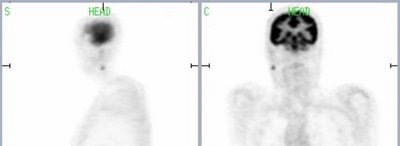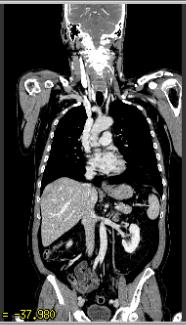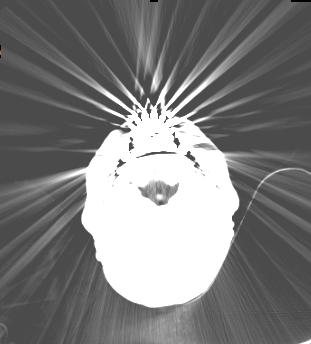Week 34 - Carpe Diem
Not a very good week... I was going to sound off about how frustrated I have been getting. I make all sorts of plans, and then I don't sleep well, and don't feel too good, and somehow just can't get started, and all the bright ideas I had for the day just sort of go pear shaped! And I get to the end of the day, and have not managed to achieve even one of the tasks I set out.
OK, OK. I have learned that some days will be bad, but also that other days will be good. I just need to go with the flow, and take advantage of the good days when they do arise. Example: Most of last week I did not feel good. I had to push myself to finish some consulting work. When I reached Saturday I thought I would feel better, but just the opposite - I slept half the morning, and then pottered about for the rest of the day. Sunday I wanted to go out bright and early to see the new A380 Airbus arrive for a test flight at Johannesburg airport (Used to be called Johannesburg International, now renamed the OR Tambo International Airport). But I just could not get going. Anyway, it does not help to sit and mope, so after a while I got shaved and dressed, and we went out for a drive to see what we could see. After watching quite a few other flights arrive we realised that the A380 was parked in the service area. It was difficult to find a vantage point to view the plane, but eventually we sneaked into the office area, and found a window with a good view.

That was enough for me, and I came home feeling quite horrible. But we did see the plane!
This morning I did not feel too good, and I thought it would be another bad day. However, I went out with a list of things to do, and by lunchtime I had done most of them. And this afternoon I started on my antenna project, and made some good progress. After about 2 hours in the workshop I felt that I was pushing my luck - So I packed up, washed my hands, made a cup of tea and settled down to read the evening paper!
And after a while I even managed to spend half an hour tying up my tomato plants in the garden!
So here is the lesson: Some days will be bad, and some days will be good. When you get a good day, take advantage of it - Share your time between tasks which HAVE to be done, like the housekeeping, and tasks which you WANT to do, like all my projects.
Carpe Diem - Seize the Day
OK, OK. I have learned that some days will be bad, but also that other days will be good. I just need to go with the flow, and take advantage of the good days when they do arise. Example: Most of last week I did not feel good. I had to push myself to finish some consulting work. When I reached Saturday I thought I would feel better, but just the opposite - I slept half the morning, and then pottered about for the rest of the day. Sunday I wanted to go out bright and early to see the new A380 Airbus arrive for a test flight at Johannesburg airport (Used to be called Johannesburg International, now renamed the OR Tambo International Airport). But I just could not get going. Anyway, it does not help to sit and mope, so after a while I got shaved and dressed, and we went out for a drive to see what we could see. After watching quite a few other flights arrive we realised that the A380 was parked in the service area. It was difficult to find a vantage point to view the plane, but eventually we sneaked into the office area, and found a window with a good view.

That was enough for me, and I came home feeling quite horrible. But we did see the plane!
This morning I did not feel too good, and I thought it would be another bad day. However, I went out with a list of things to do, and by lunchtime I had done most of them. And this afternoon I started on my antenna project, and made some good progress. After about 2 hours in the workshop I felt that I was pushing my luck - So I packed up, washed my hands, made a cup of tea and settled down to read the evening paper!
And after a while I even managed to spend half an hour tying up my tomato plants in the garden!
So here is the lesson: Some days will be bad, and some days will be good. When you get a good day, take advantage of it - Share your time between tasks which HAVE to be done, like the housekeeping, and tasks which you WANT to do, like all my projects.
Carpe Diem - Seize the Day





